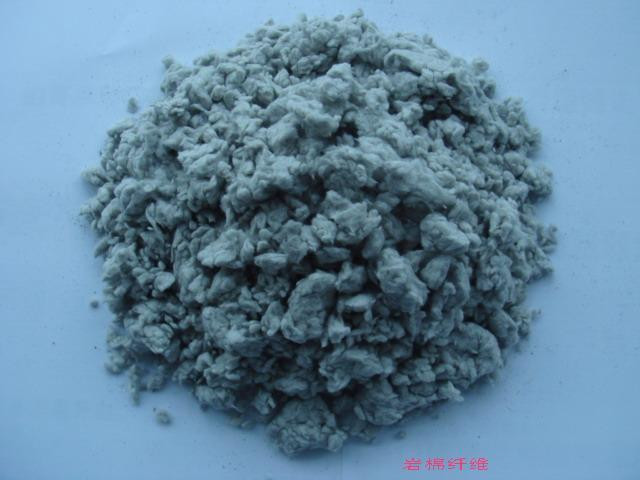Rock Wool Insulation, often referred to as mineral wool, stands out as a versatile and highly effective material in the realm of thermal and acoustic insulation. Derived from natural rocks and minerals, it offers superior performance in diverse applications, from residential buildings to industrial settings and automotive components. This article delves into the properties, production, uses, and safety aspects of rock wool insulation, providing a comprehensive understanding of its benefits and applications.
Understanding Rock Wool: Composition and Production
Rock wool is a type of mineral wool insulation, a broader category that includes slag wool and fiberglass. Its primary components are natural rocks such as basalt or diabase. The production process mimics natural volcanic activity.
 Rock wool insulation blanket
Rock wool insulation blanket
Historically, the discovery of rock wool’s potential stemmed from observations of wool-like fibers near volcanoes, as noted by Hawaiian volcanologists in the early 1900s near Mount Kilauea. Modern manufacturing replicates this natural formation in controlled industrial furnaces. Raw materials are heated to extreme temperatures, around 2,910°F (1,600°C), and then subjected to a jet of steam or air. This process, along with spinning techniques similar to making cotton candy, creates fine, intertwined fibers. Oil is often added during production to minimize dust. The resulting rock wool is then bound with starch to form loose-fill insulation or assembled into batts and rolls for various applications. Major rock wool producers in the U.S. are located in states like North Carolina, Texas, Washington, and Indiana.
Performance Advantages of Rock Wool Insulation
Despite the individual fibers being heat conductors, rock wool insulation excels at impeding heat transfer when formed into sheets or rolls. Its exceptional fire resistance is a key advantage, boasting a melting point between 1,800°F and 2,000°F. This high melting point makes it a crucial component in fire prevention within buildings. Rock wool insulation typically offers an R-value ranging from 3.10 to 4.0 per inch of thickness, contributing significantly to energy efficiency in both residential and commercial buildings by reducing heat loss and gain.
 Rock wool insulation fiber
Rock wool insulation fiber
One characteristic of rock wool is its ability to absorb water. However, it is designed to allow water to drain effectively through gravity, provided there is a path for escape, mitigating potential moisture-related issues.
Diverse Applications of Rock Wool
Rock wool insulation’s versatility leads to its use in a wide array of applications:
- Industrial Insulation: In loose-fill form, it is ideal for insulating industrial equipment, tanks, pipelines, ovens, and furnaces due to its high-temperature resistance and thermal performance.
- Acoustical Solutions: Rock wool is a key material in the manufacturing of acoustical ceiling tiles, contributing to noise reduction in buildings.
- Building Insulation: It serves as effective thermal and acoustic insulation for residential, commercial, and industrial buildings. Rock wool is particularly useful for insulating challenging areas around electrical boxes, wires, and pipes because it can tightly fill wall cavities, minimizing air gaps and maximizing insulation effectiveness.
- Fireproofing: Rock wool is also utilized as a spray-on fireproofing material, enhancing the fire safety of structural elements in buildings.
Safety and Handling Considerations
While concerns exist regarding the safety of some man-made mineral fibers, it’s important to distinguish between different types. Health concerns are primarily associated with biopersistent materials like special-purpose glass wools and refractory ceramic fibers. Common rock wool insulation, however, is classified by the International Agency for Research on Cancer as “not classifiable as carcinogenic in humans.” Skin irritation can occur from handling rock wool, but this is typically a temporary mechanical irritation rather than a chemical reaction. As a precautionary measure, it is recommended that homeowners, inspectors, and contractors use gloves and personal protective equipment when handling rock wool or any type of insulation to minimize potential skin and respiratory irritation.
In conclusion, rock wool insulation is a safe and highly effective insulation material derived from natural minerals. Its excellent thermal and acoustic properties, combined with fire resistance and versatility, make it a preferred choice for a wide range of applications, contributing to energy efficiency and safety in buildings and industrial processes.
